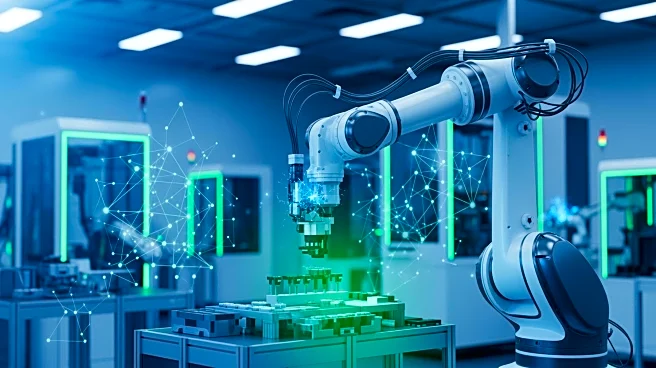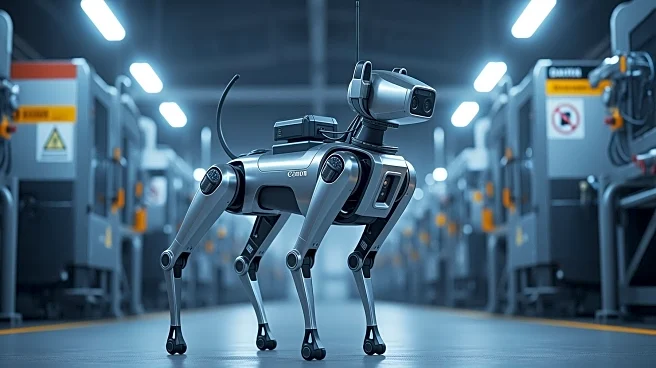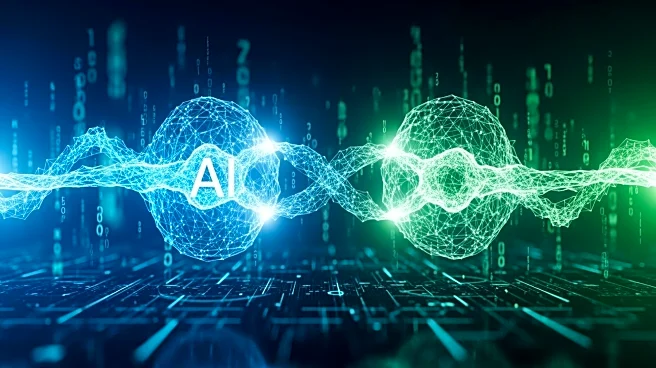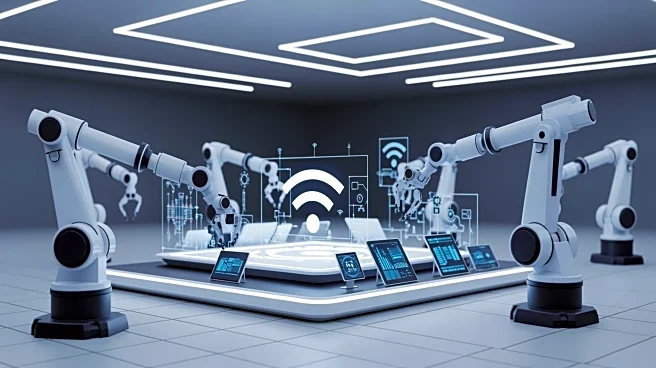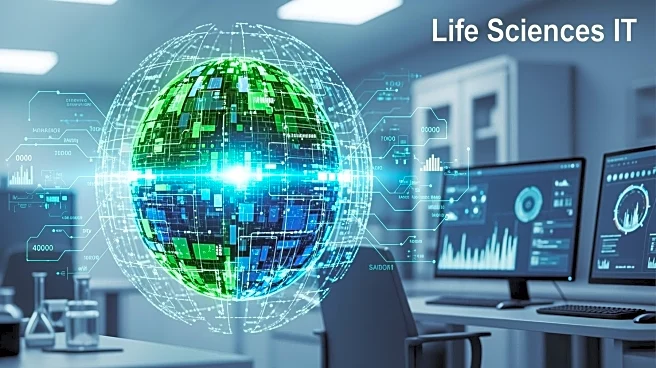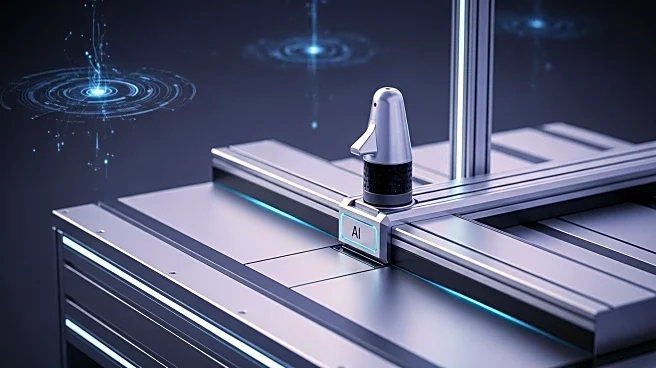What's Happening?
The integration of IoT, AI, and mobile technologies is transforming manufacturing and R&D operations. IoT sensors combined with AI agents automate data collection and analysis, predicting issues weeks in advance and enabling proactive interventions. This
digital innovation allows labs to start processes digitally from sample collection, enhancing traceability and reducing reliance on paper-based methods. The LabVantage Mobile App IoT platform exemplifies this transformation, offering offline functionality and seamless data synchronization with LIMS, even in remote settings. This approach is revolutionizing industries like oil & gas, pharmaceuticals, and forensics by improving efficiency and accuracy.
Why It's Important?
The adoption of IoT and AI technologies in manufacturing and R&D is crucial for enhancing operational efficiency and reducing errors. By automating data collection and analysis, these technologies minimize manual interventions, leading to significant cost savings and improved accuracy. The ability to predict and address issues proactively ensures higher quality control and compliance with regulatory standards. This transformation is particularly beneficial for industries with complex workflows and stringent regulatory requirements, such as pharmaceuticals and forensics, where traceability and data integrity are paramount.
What's Next?
As IoT and AI technologies continue to evolve, their integration into manufacturing and R&D processes will expand. Future developments may include enhanced AI capabilities for real-time data analysis and decision-making, further reducing human intervention. Organizations will need to invest in training and change management to ensure successful adoption and maximize the benefits of these technologies. The focus will be on creating scalable and adaptable systems that can respond to the rapid evolution of digital requirements in laboratories.
Beyond the Headlines
The widespread adoption of IoT and AI in manufacturing and R&D raises questions about data privacy and security. Ensuring a tamper-proof digital chain of custody and compliance with regulatory standards is essential to maintaining trust in these systems. Additionally, the shift towards digital processes may impact traditional roles, necessitating workforce adaptation and retraining to align with new technological demands.
